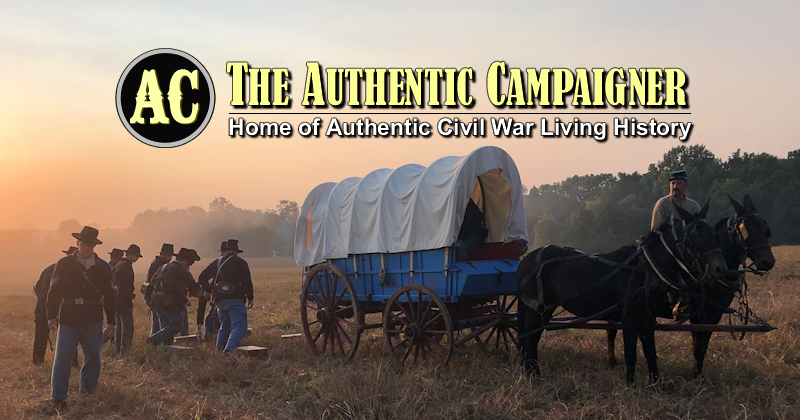I am thinking about purchasing a flintlock for early war impression (private weapon showing up for enlistment early war). I have found a 1816 Springfield, however, I am not sure what would be considered a "private purchase." What would be a common flintlock of private useage be during the1850's? I own a double barrel shotgun, so that has already been done.
Would the 1816 Springfield work?
On another note I am also considering a Lorenz purchase. Were the Lorenz weapons predominately smoothbore or rifled?
Thanks
Would the 1816 Springfield work?
On another note I am also considering a Lorenz purchase. Were the Lorenz weapons predominately smoothbore or rifled?
Thanks






Comment